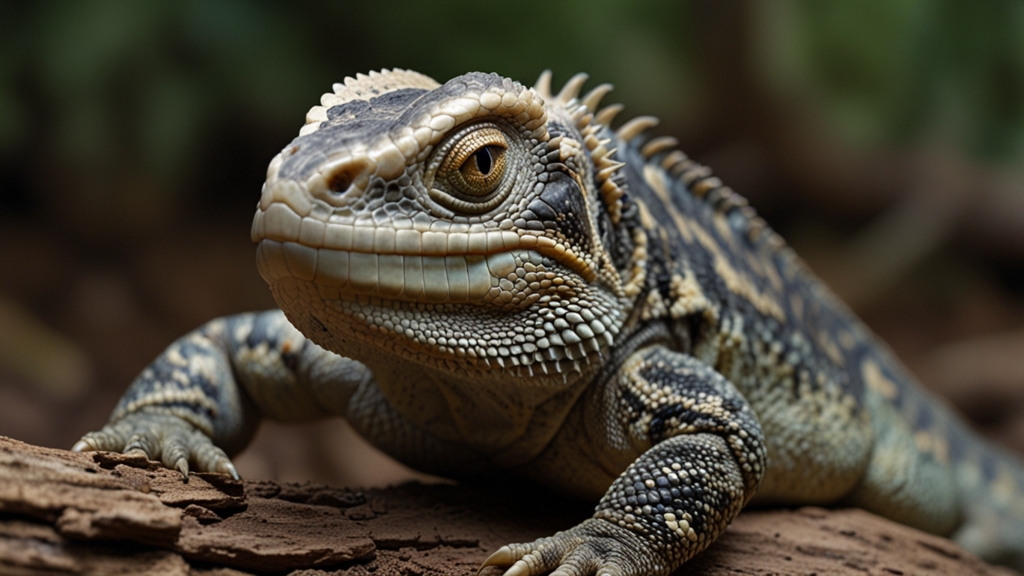Secrets of the Sea: Astonishing Strategies of Marine Life in Combat
The ocean is a vast, mysterious realm where survival often hinges on the ability to effectively adapt and compete. Marine life is equipped with a myriad of tactics for combat and defense that are as complex as they are fascinating. From the use of camouflage to the deployment of bioluminescence, the creatures of the sea showcase some of nature’s most extraordinary survival strategies.
Camouflage and Mimicry
One of the most effective strategies in marine combat is camouflage. Many sea creatures have mastered the art of blending into their environments to avoid predators or ambush prey. The octopus, for instance, is a master of disguise. Using specialized skin cells called chromatophores, it can change color, pattern, and even texture in seconds. This not only helps it to hide but also to communicate with other octopuses.
Mimicry is another intriguing strategy. The mimic octopus, discovered in 1998, can imitate the shapes and behaviors of other marine animals such as lionfish, flatfish, and sea snakes to deceive potential predators. This form of deception allows it to navigate through treacherous waters with minimal threat.
“Nature's art of deception is vividly illustrated by the mimic octopus, often considered one of the best liars in the animal kingdom.”
Venom and Poison
Many marine species utilize venom and poison as weapons for offense and defense. The box jellyfish, one of the most venomous creatures in the ocean, releases toxins that can cause heart failure in its prey within minutes. Similarly, the stonefish, known for its lethally venomous spines, can incapacitate a predator with a single sting.
Defense mechanisms aren't limited to venomous creatures alone; pufferfish produce a potent neurotoxin called tetrodotoxin, which is 1,200 times more lethal than cyanide. A small amount of this toxin can be fatal, making the pufferfish a formidable opponent even when it seems an easy catch.
Electrical Charges
Electric eels and rays have honed the ability to generate electric shocks to stun their prey or deter threats. Electric eels, found in the rivers of South America, can discharge up to 600 volts of electricity. This impressive defense mechanism not only immobilizes prey but also protects the eel from predators.
“The capability of electric eels to generate powerful electrical discharges is one of the most remarkable adaptations in the animal kingdom.”
Bioluminescence
Bioluminescence is a spectacular adaptation used by various marine organisms, such as squids, jellyfish, and some fish species. This phenomenon involves the production and emission of light by a living organism. Beyond being visually striking, it serves numerous purposes in marine combat.
Deep-sea anglers, for instance, use bioluminescent lures to attract prey in the dark ocean depths. Some species of squid can eject a bioluminescent cloud to disorient attackers and facilitate a swift escape. The defensive use of light underscores the level of sophistication adapted by sea creatures in their ongoing battles for survival.
Team Strategies
Cooperative hunting is another remarkable strategy employed by some marine species. Dolphins and whales are known to work in groups to corner schools of fish, making it easier for each member to feed. Orcas, also known as killer whales, exhibit highly coordinated hunting techniques that can involve complex communication and teamwork to capture large prey such as seals and even other whales.
Similarly, certain species of fish engage in schooling behavior to protect themselves from predators. By swimming closely together, they create a "bait ball," a confusing mass of moving bodies that can thwart predator attacks.
Conclusion
The sea is a constant battleground where creatures must evolve and adapt to survive. The strategies employed by marine life in combat—from deception and venom to teamwork and bioluminescence—are a testament to the ingenuity of nature. As we continue to explore the depths of the ocean, the astonishing strategies of marine life remind us of the incredible diversity and complexity of ecosystems beneath the waves.
“In the silent depths of the ocean, an unending battle for survival unfolds, showcasing nature's most inventive and astonishing combat strategies.”











